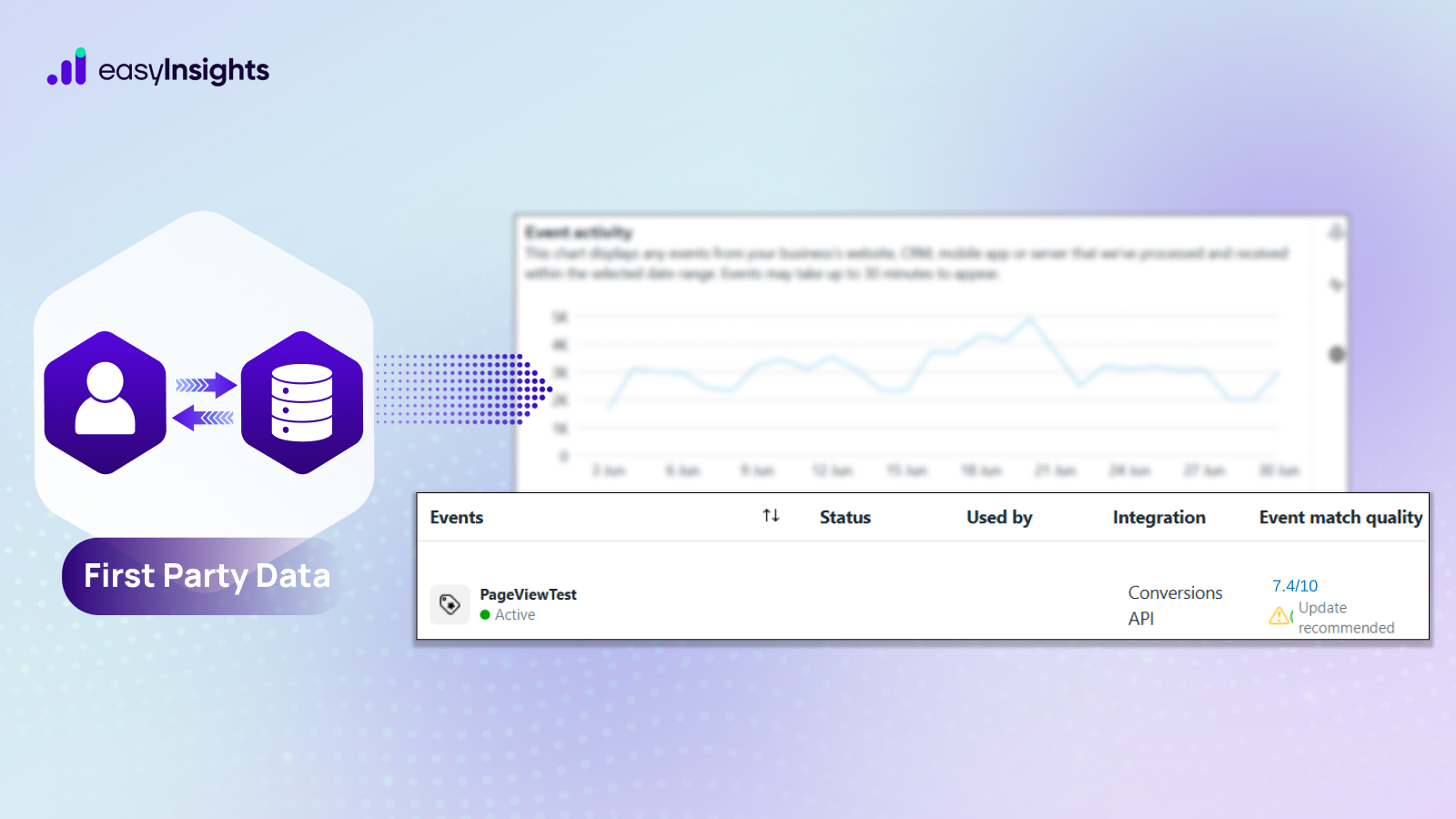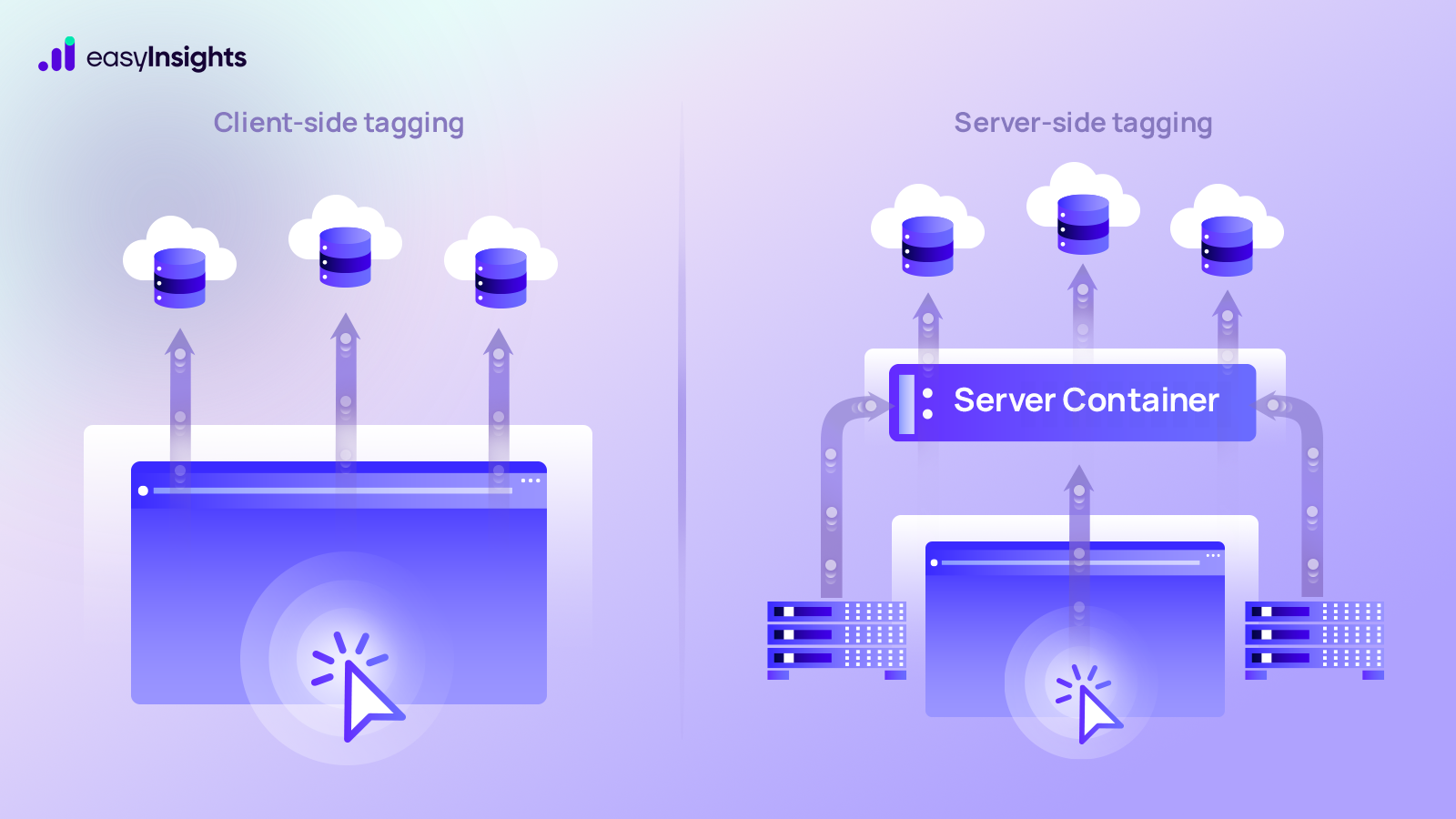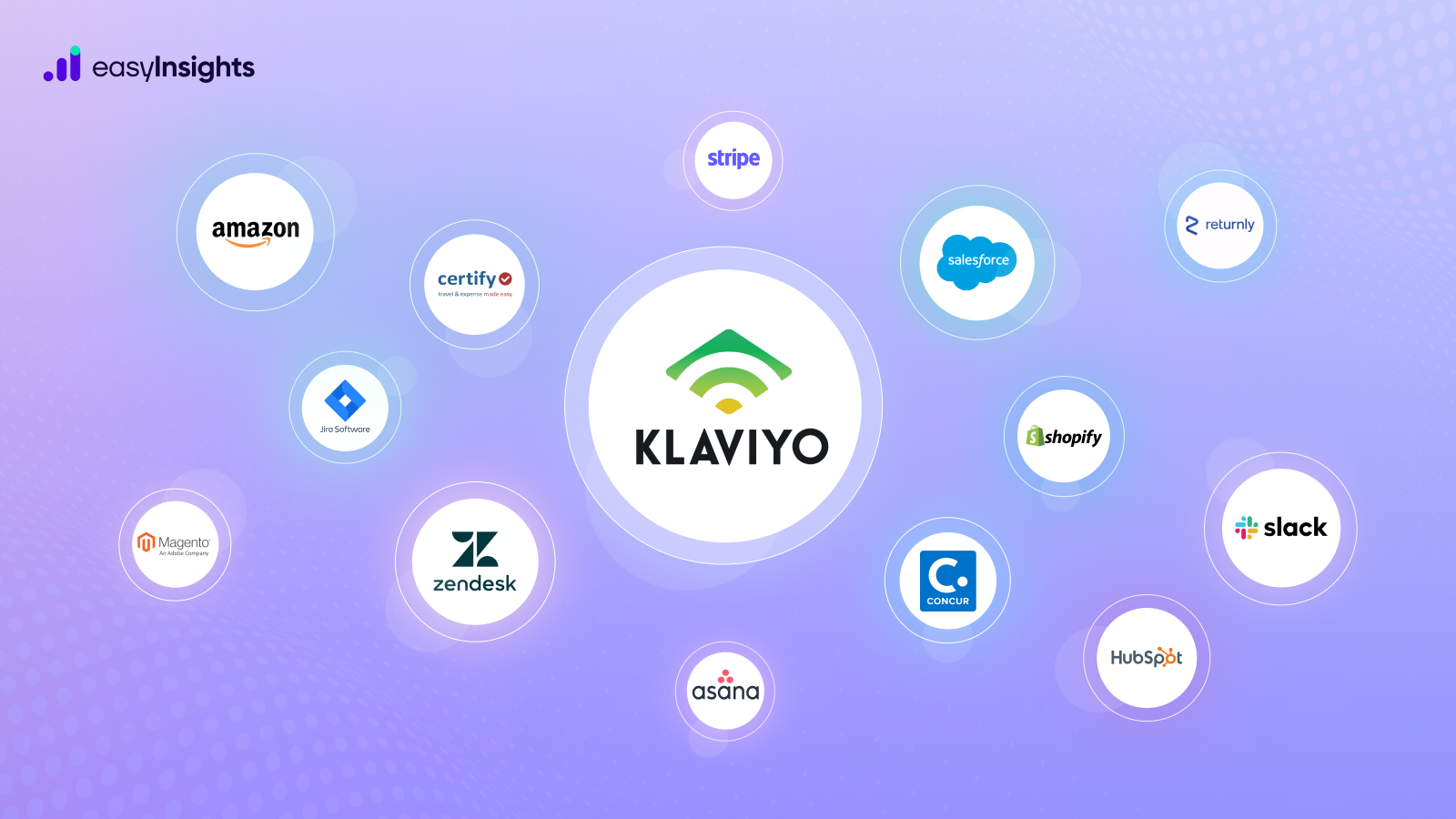
“How much should I budget for my ad campaign?”
“Which channel is the most effective at bringing new customers?”
“Who are my most loyal consumers, after all?”
These are perhaps just a few of your thoughts as a business owner. Understanding your customers’ lifetime worth can help you get there, but there are a few common pitfalls to avoid. Before we get there, let’s go over some key terms.
Click here to read about “CLTV: Why is it an Important Metric And How to Calculate it”.
Customer Acquisition Cost (CAC)
If you’re a startup in its early stages, CAC is one of the most important measures to track because you’ll need users to survive. However, acquiring clients is costly. The question is, how much will it cost, and will it be profitable?
Divide your sales and marketing costs, including overhead expenses in these departments, for a particular period by the number of customers you acquired during that period to calculate your CAC cost.
The expense of acquiring a new customer is called customer acquisition cost (CAC). This helps in calculating the return on investment of customer acquisition initiatives. But there’s another metric, the importance of which far outweighs all the others.
Your customer’s Lifetime Value (LTV)
This is the amount of money you expect to make from a customer during their time with you.
LTV is the total amount of money you’ll get from a customer throughout their relationship with you. Let’s pretend you run an e-commerce business. Customer lifetime value (CLV) is another term for LTV. It represents the present value of all future profits a customer will generate. Simply put, it’s a calculation of how much an individual is worth to your company.
The next question is, why do we calculate these?
LTV and CAC are metrics for assessing the effectiveness of a critical business process–the sales and marketing funnel. This is accomplished by asking a simple question–is a customer worth more LTV than the expense of selling to them (CAC)?
This framework can assist both founders and investors in answering critical questions such as:
- Will this business become profitable, even though it is losing money since last 10 months?
- When and where should you increase your sales and marketing spending?
- How much money should you put into sales and marketing?
- Which customers, goods, and business lines are the most profitable?
You should know the CAC per marketing channel. You can double down on our marketing expenditure if we know which channels offer the lowest CAC. The more marketing money you put into lower CAC channels, the more clients a company can get for a fixed expenditure.
Here are some mistakes to be avoided during CAC/LTV calculation:
- Choosing unrealistic customer lifetime
You may not realise your actual customer lifetime as a company because it may alter as your product evolves. Hence, you’ll have to make educated guesses when calculating your LTV. Because you may reevaluate it as additional data emerges, the first quantity you choose isn’t all that significant. What matters most is that you choose an acceptable quantity.
Takeaway: If you don’t have the data, ensure your LTV equation uses a realistic client lifetime.
2. Representing all customers with one LTV
Understanding LTV across your clients is helpful, but segmentation is where the true magic happens. You may compute unique LTVs and acquire fascinating insights about each segment by segmenting clients based on different variables, such as demographic information or purchase behaviour.
Takeaway: Determine LTVs for each consumer segment separately.
3. Forgetting to recalculate LTV
Things change all the time with a startup. As your products and services evolve, you may be experimenting with new growth channels, improving conversions, tweaking your messaging, and many other aspects. With so much going on, it’s critical to reassess your LTV regularly. If it deviates significantly, don’t be concerned. It’ll most likely happen. LTV will constantly fluctuate as the market changes, regardless of the company or product. As long as you can continually refine your model, you’ll be in a great position to make informed business decisions and sustainably expand your firm. You should compute LTV at least once a week if you’re in a constant state of flux. Otherwise, once a month might suffice.
Takeaway: Recalculate LTV frequently.
Finding cohort with high LTV potential
Build a series of events using behavioural marketing methods to lead your prospects to a buying decision. Analyse flaws such as clients may have left owing to a poor user experience or a complicated purchasing process, or they may just be unaware of the goods. By analysing buying behaviour, you can streamline the buying process and find the most profitable clients with potentially high LTV.
To answer business questions like finding customer with high LTV potential, access insightful reports using EasyInsights. The powerful Google sheet functions such as Pivot bolsters in-depth analysis. Without a technical background, all you need as a digital marketer is a basic understanding of spreadsheets.
Book a demo! Talk to our product expert to automate your reports & dashboards within a flash.








